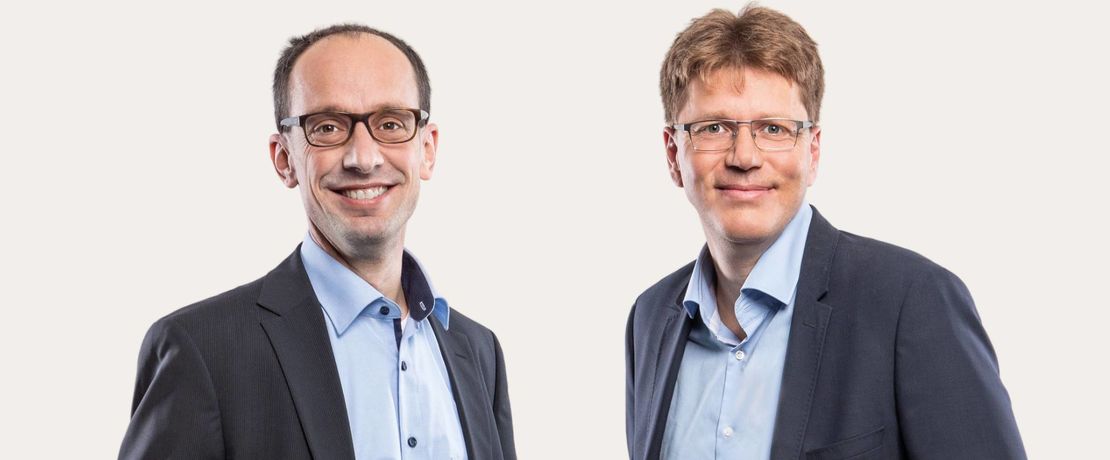
Collaboration drives innovation
If you want to collaborate efficiently, you need to be well networked above all else. The advice applies to treasury management at Evonik as well. The key to this efficiency lies in collaborative processes that function seamlessly across department boundaries. To create them, a cross-functional team at Evonik introduced treasury software from SAP – and they did so successfully, thanks to agile cooperation between Evonik Finance and Evonik IT. The work also generated digital innovations over and above the original objective
At the Evonik Finance end, Tobias Esser played a major role in the introduction. Mr. Esser, what were your requirements?
Esser: We had only a short time window for the project‘s implementation, and we wanted to get an impression of the system as quickly as possible, especially its business processes, so that we could see everything end-to-end. We wanted to make sure that our implementation partner – we did this jointly with Evonik IT and SAP – understood our specialized requirements and implemented only them in our system.
How did you proceed?
Esser: We chose an agile approach and divided the project into several phases: sprint phases and iterations. During these phases, there was close cooperation with the implementation partners and a great deal of interaction. So after each phase, we were able to see the results and respond to problems, questions and challenges in real time. This worked very well, especially the cooperation with our IT.
At the Evonik IT end, Matthias Bultmann was integrated into the project framework. Mr. Bultmann, what was your experience with the project?
Bultmann: Very positive as well with regard to the smooth cooperation. As for results, we were able to accomplish more than we originally planned. For example, a number of digital innovations were introduced as part of the treasury project. One typical example was the introduction of an in-house bank. The in-house bank is used to internally process payments that once were handled externally between company subsidiaries – that means money had actually been paid through a bank. You can see the in-house process as a kind of bank clearance. It is actually carried out with payment runs and account statements, but they are processed internally by a bank that Evonik makes available.
What advantages does this offer?
Bultmann: For one thing, the technology‘s advantage is that the payments are processed significantly faster. For another, they are processed in a way that almost everything needed for accounting can be carried out automatically. Especially the processing of account statements. And there is another advantage that should not be overlooked: the bank fees of the past are eliminated because no external bank connections are required for the in-house payments.
But the actual goal of the project was to improve cooperation on treasury management?
Esser: That‘s right. In this respect, the company connection to the new software for all the participants in the process made the work much more networked. Real, tangible advantages emerged from the new options for cross-department cooperation, for example, for the hedging of currency risks. This alone is saving Evonik more than 10 million euros per year. And that’s only one of many examples.
Thank you very much for the interview.
